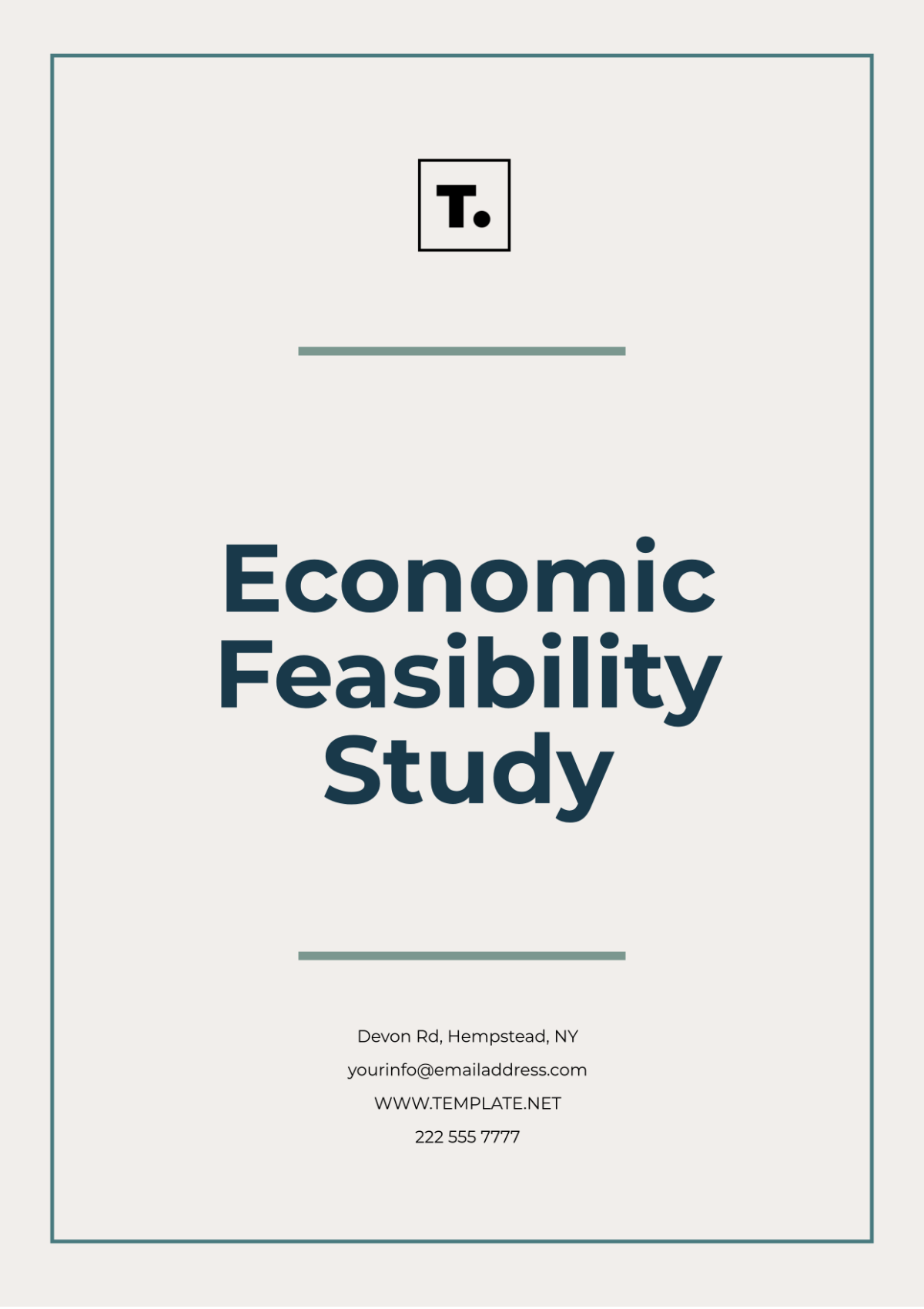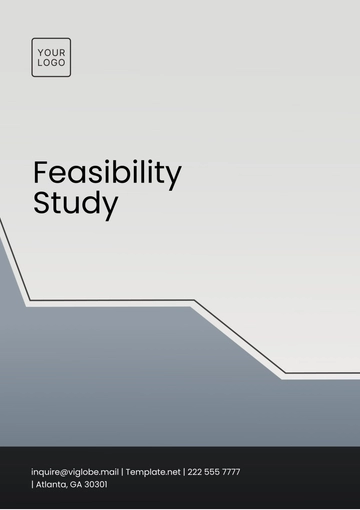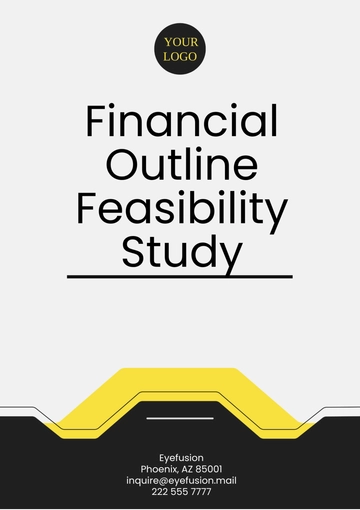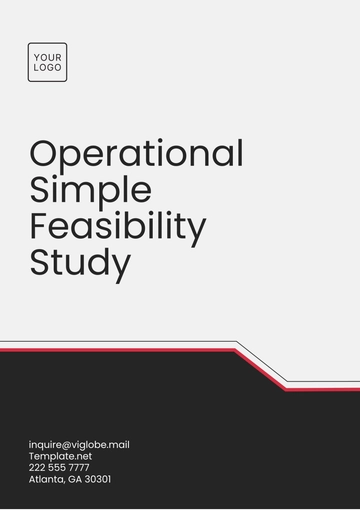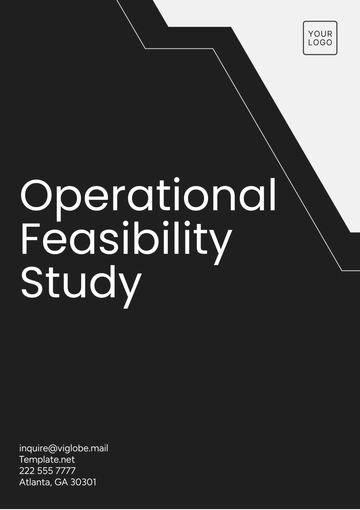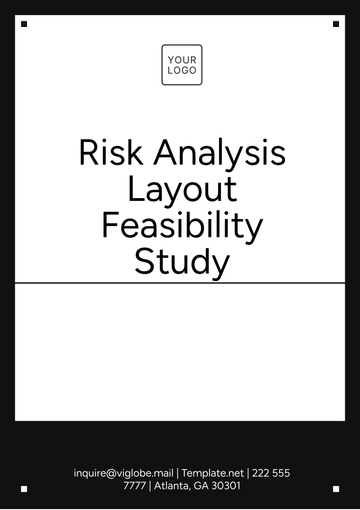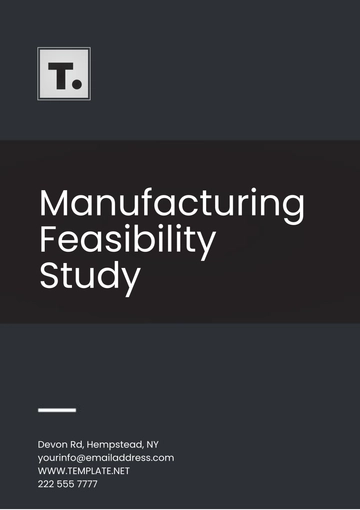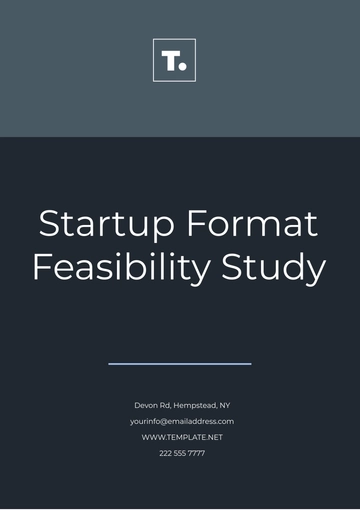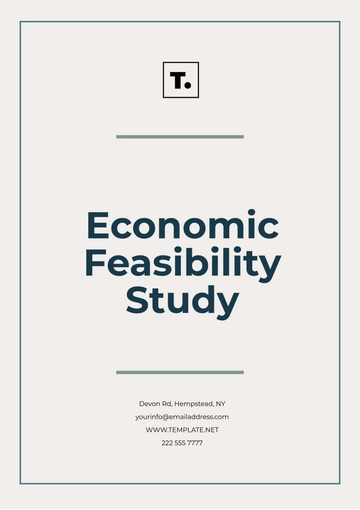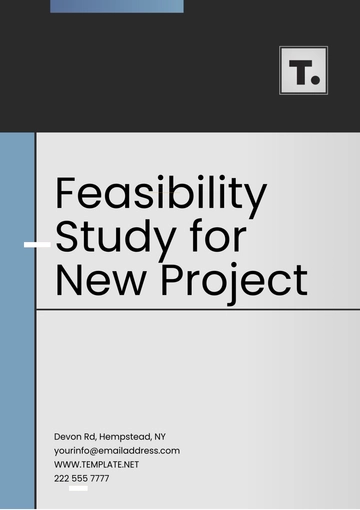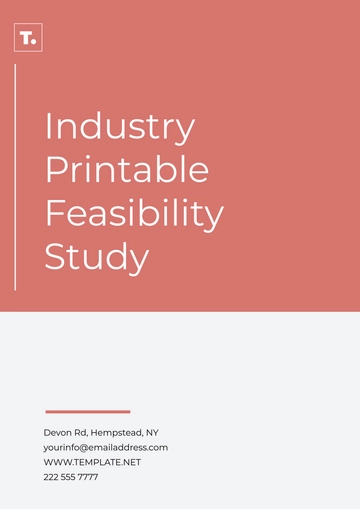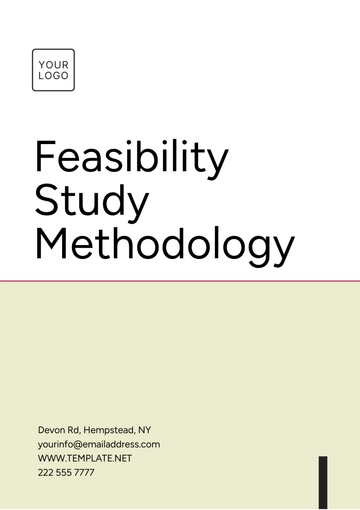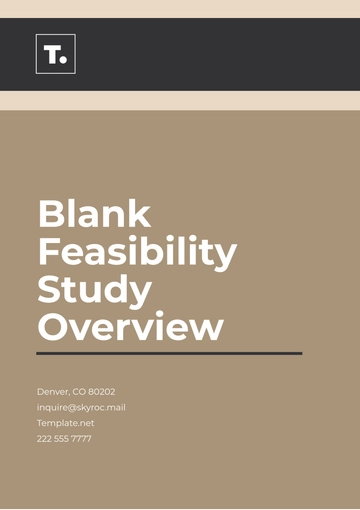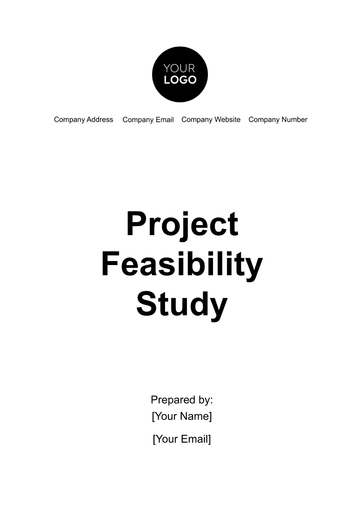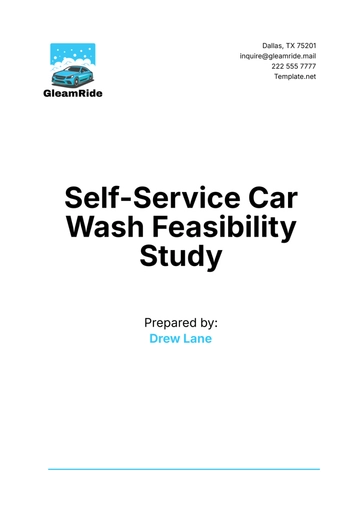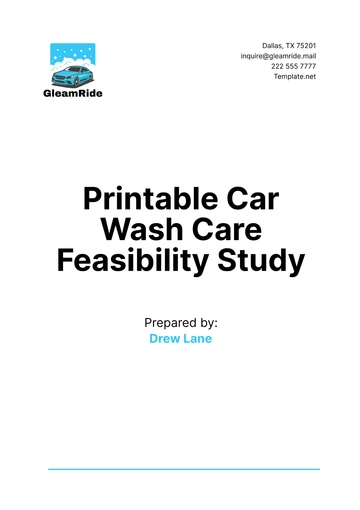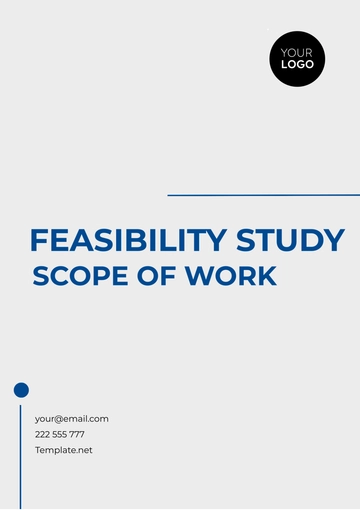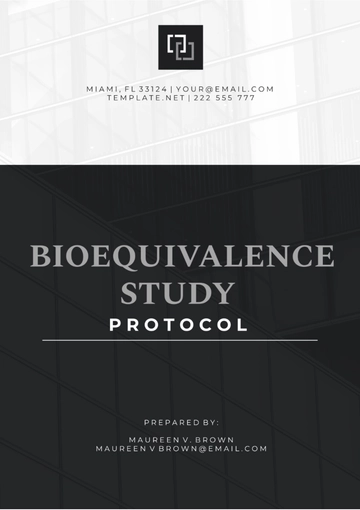Economic Feasibility Study
1. Executive Summary
This feasibility study evaluates the economic viability of installing a 500 kW solar power system at [Your Company Name] in Springfield, State. The project aims to reduce annual energy costs, enhance sustainability, and decrease the facility's carbon footprint. The study concludes that the project is economically viable, with a payback period of approximately 6.67 years and significant long-term savings.
2. Project Description
Location: [Your Company Name], Springfield, State.
Objective: To install a solar power system to generate renewable energy, reducing reliance on the local grid and lowering energy expenses.
Timeline:
3. Market Analysis
Energy Market Overview: The average electricity cost in Springfield is currently $0.12 per kWh, with a projected annual increase of 3%.
Demand for Solar Power: The demand for renewable energy sources is increasing, with a 15% year-over-year growth in solar energy installations in the state.
Regulatory Environment: Available incentives include a 30% federal tax credit for solar energy systems and a state grant program offering $0.05 per watt.
4. Technical Feasibility
System Design: The proposed system includes:
Solar Panels: 1,500 high-efficiency solar panels (350W each).
Inverters: 2 central inverters with a combined capacity of 500 kW.
Installation Requirements: Roof-mounted system with minimal structural reinforcement needed.
Energy Output: Estimated annual output of 750,000 kWh, covering approximately 80% of the facility’s energy needs.
5. Financial Analysis
Initial Costs
Item | Cost |
|---|
Solar Panels and Inverters | $800,000 |
Installation and Labor | $150,000 |
Permits and Miscellaneous | $50,000 |
Total Initial Investment | $1,000,000 |
Operating Costs
Item | Annual Cost | Total Over 20 Years |
|---|
Maintenance | $10,000 | $200,000 |
Insurance | $5,000 | $100,000 |
Total Operating Costs | $15,000 | $300,000 |
Revenue Projections:
Annual Energy Savings: $150,000 (based on reduced grid energy usage).
Potential Revenue from Net Metering: $10,000 (selling excess power back to the grid).
6. Cost-Benefit Analysis
Total Costs Over 20 Years
Item | Amount |
|---|
Total Initial Investment | $1,000,000 |
Total Operating Costs | $300,000 |
Total Costs Over 20 Years | $1,300,000 |
Total Benefits Over 20 Years:
Item | Annual Amount | Total Over 20 Years |
|---|
Energy Savings | $150,000 | $3,000,000 |
Revenue from Net Metering | $10,000 | $200,000 |
Total Benefits | $160,000 | $3,200,000 |
Net Present Value (NPV): $500,000 (using a discount rate of 5%).
Internal Rate of Return (IRR): 10%.
Payback Period: 6.67 years.
7. Sensitivity Analysis
If electricity prices increase by 5% per year instead of 3%, the payback period shortens to 5.5 years.
A decrease in energy output by 10% would extend the payback period to 8 years.
8. Risk Assessment
Regulatory Changes: Potential for changes in incentives; recommend continuous monitoring of policy updates.
Market Fluctuations: Energy prices may decrease; consider locking in energy savings with long-term contracts.
Technology Failures: Regular maintenance schedules and warranties for equipment can mitigate risks.
9. Conclusion and Recommendations
The analysis shows that the solar power installation project is economically feasible, providing substantial long-term savings and environmental benefits. It is recommended to proceed with the project, considering the favorable financial indicators and potential for positive public relations.
Key Findings
Total Initial Investment: $1,000,000
Annual Savings: $150,000
Payback Period: 6.67 years
NPV: $500,000 over 20 years
IRR: 10%
Feasibility Study Templates @ Template.net
